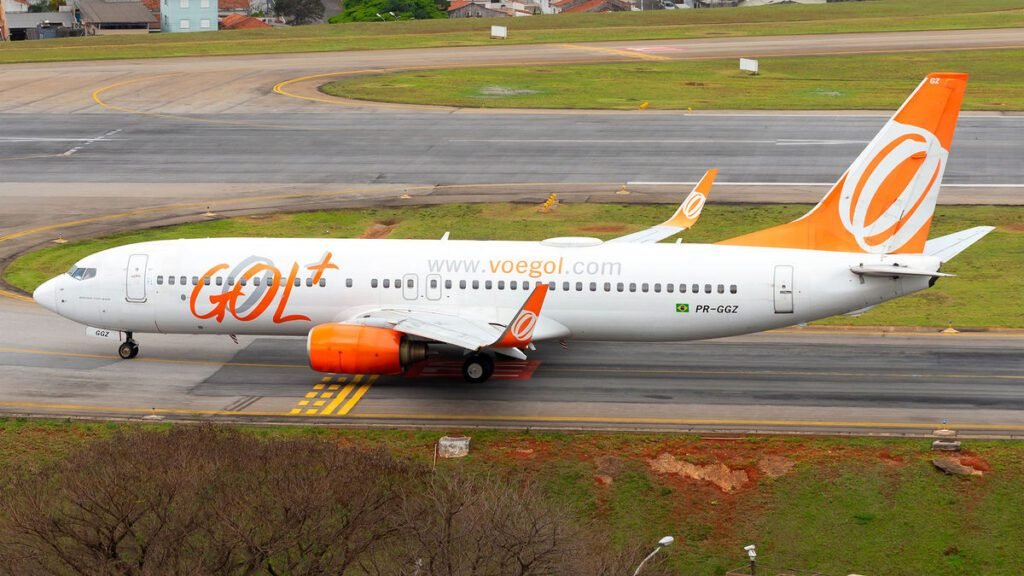Brazilian airline Gol has successfully completed its Chapter 11 bankruptcy restructuring, exiting with a robust financial foundation.
After a 17-month restructuring journey, the airline secured a substantial $1.9 billion in financing, allowing it to emerge with $900 million in liquidity. This capital positions Gol for future growth and operational stability.
Ownership Changes and Market Position
The ownership landscape has shifted dramatically as the Abra Group, which also controls the Colombian carrier Avianca, now holds an impressive 80% of Gol’s stock. Stock trading for Gol is set to continue on the Brazilian stock exchange, facilitating a potential revival in investor confidence.
Current Operations and Routes
As of this month, Gol is operating a total of six routes to the United States, expanding its reach with flights from secondary Brazilian cities. Specifically, four of these routes are directed toward Miami, while two connect to Orlando. This expansion represents a significant increase from the four routes the airline was servicing at the time it initiated Chapter 11 proceedings in January 2024, as reported by Cirium flight schedule data.
Position Among Competitors
In the competitive landscape of Brazilian airlines, Gol ranks as the third-largest carrier in the country, trailing behind its competitors, Azul and Latam. The restoration of Gol’s operational strengths could play a critical role in reshaping its position within the industry.
Potential Merger Talks
In a notable development within the Brazilian aviation sector, Gol and Azul have entered into a nonbinding memorandum of understanding to explore a possible merger. If successful, this move would significantly elevate their status, making them the largest airline operator in Brazil.
However, Azul is also navigating its challenges, having commenced its own Chapter 11 restructuring process late last month, indicating a turbulent period for the airline industry in Brazil.
As Gol charts its future following this significant financial restructuring, the coming months will reveal how these developments impact its operations and the broader Brazilian aviation market.



